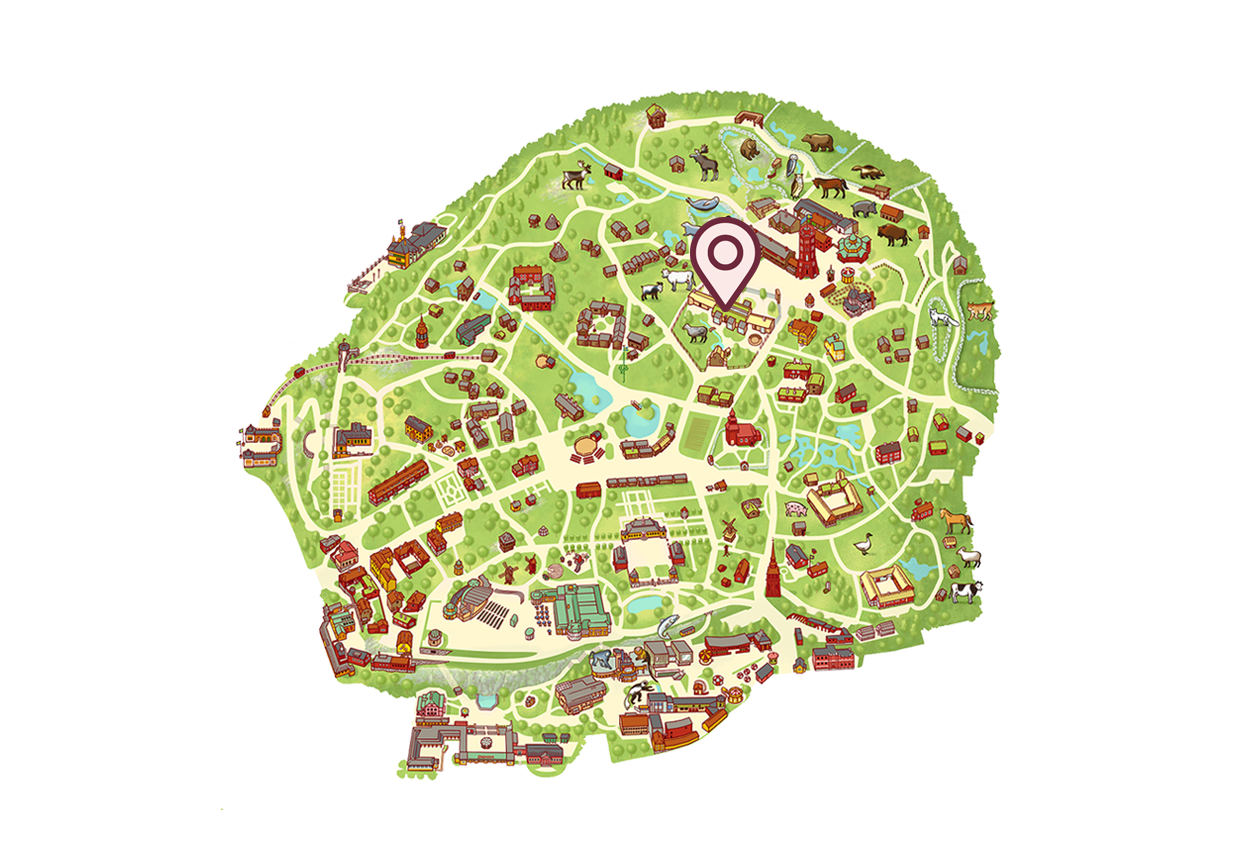- Swedish Blue duck
Swedish Blue duck
Wild or domestic duck? That is the question! Wild ducks are also known as mallards. Domestic ducks are a subspecies of mallard that has been domesticated by humans. The Swedish Blue duck is a native breed originating from farms in Bohuslän.
-
There are four Swedish native breeds of duck: the Swedish Blue Duck, the Swedish Yellow Duck, the Blekinge Duck and the Swedish Muscovy Duck. The Swedish Blue duck originates from farms in Bohuslän.
Males have pale greenish-yellow beaks
The breed is medium-sized, with a male weighing 3 to 4 kilograms and a female weighing 2.5 to 3.5 kilograms. Its plumage is varied, from white to pearl grey, blue and black.
-
About the Swedish Blue duck
Scientific name:Anas platyrhynchos domesticus
Order:Waterfowl
Family:True waterfowl
Weight:3–3.5 kg
Incubation:Approx. 28 days
Number of young:5–10 ducklings per clutch
Lifespan:5–10 years
Eats:Plants and small animals
-
It always has a white bib, and some of its wing quills are also usually white. Its legs are slate-coloured to slightly orange. Males have a pale greenish-yellow beak, while females have a blueish-green to black beak.
Descended from the mallard
All Swedish ducks, except the Muscovy duck, are descended from the mallard. Around five hundred years ago, Swedish farmers began keeping domestic ducks. These ducks provided them with meat and eggs to eat on the farm. The largest ducks that laid the most eggs were considered the best, so they were kept. They in turn had new ducklings. In this way, ducks became larger and heavier than mallards. Over the centuries, ducks have changed and can now lay hundreds of eggs in a year.
The Swedish Blue duck is a dabbling duck. Unlike diving ducks, which dive to catch fish and aquatic animals, they simply dip their heads and necks in the water to get to their food. It can look quite funny when lots of ducks turn their bottoms up at the same time. Dabbling ducks are almost exclusively vegetarian, except for ducklings, which like to eat small aquatic animals.
The male guards the brooding female
Males do not look after the ducklings once they have left the nest. However, they faithfully guard the female as long as she is incubating eggs. Male mallards and ducks are often more colourful than the females. Females need to be well camouflaged when they lie on the ground and brood in their nests.
Ducks, drakes and ducklings
The male duck is called a drake, while the female is simply called a duck. Their young are called ducklings, and they can walk and swim as soon as they hatch from their eggs. Wild and domesticated ducks are nidifugous, which means that the young do not stay in the nest to be fed. Together, they follow their mothers to seek food for themselves. They stick together as a group but live precariously – they can easily be eaten by predators. In the wild, there is a significant risk that the ducklings will die the summer they are born. However, domestic ducks are often better protected because they live close to humans.
Ducks are good swimmers, but they are just as likely to feed on land. They like to graze on grass and plants on land during the day, but spend the night in the water, where they are safer from foxes and other predators.
Cold feet
Ducks have webbed feet, which work very well in water but less well on land. Their legs and feet act as heat exchangers, which means that the heat in their blood is recycled into the body so that the bird does not lose as much energy in the winter. So ducks have cold feet, and that is precisely the point – they can stand on ice and snow without freezing.
-
Native breeds
Native breeds are populations of domesticated animals that have lived for so long in the same area that they have adapted to the local environment and its specific conditions. Swedish native breeds have declined in number, but there is a growing focus on efforts to preserve them as they are an important genetic resource and part of our cultural heritage.
Find out more about Swedish native breeds.
You can find the Swedish Blue duck here
